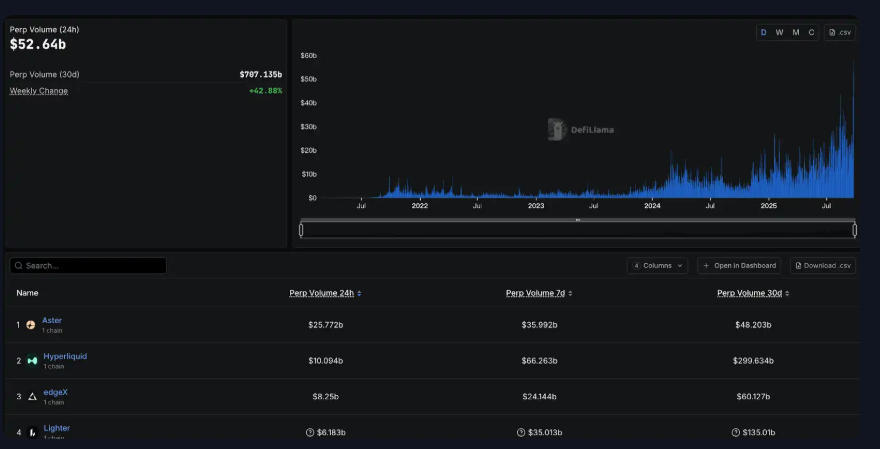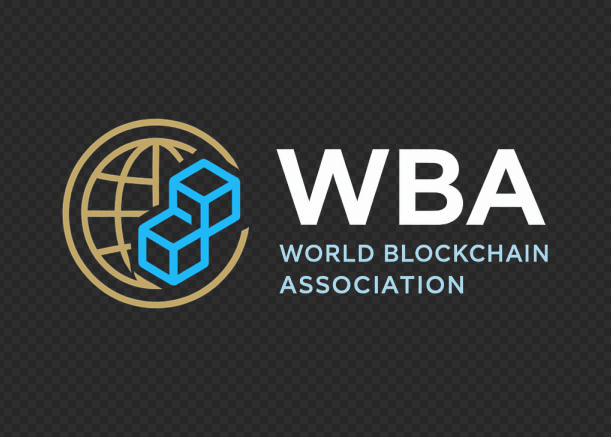
Date: October 2, 2025
By World Blockchain Association (WBA) News Desk
In September 2025, Bloomberg reported that Tether Holdings, the issuer of the world’s largest stablecoin USDT, is in talks with global investors for a new funding round. The company is reportedly planning to sell a 3% equity stake to raise between $15 billion and $20 billion.
If the deal closes at the upper range, Tether’s valuation would soar to $500 billion, positioning it as one of the most valuable private companies in the world—surpassing even financial powerhouses like Goldman Sachs and Blackstone combined.
Yet, as the World Blockchain Association (WBA) points out, what is even more intriguing than the astronomical valuation is the question of who truly controls this $170 billion stablecoin empire. Fewer than ten individuals—many of them obscure, low-profile, or hidden behind shell structures—stand to become some of the wealthiest figures in cryptocurrency history.
The Rise of Tether: From Crisis to Dominance
Founded in 2014 as a way to stabilize volatile cryptocurrency markets, Tether (USDT) has grown into the backbone of the digital asset ecosystem. It is used extensively in Bitcoin (BTC) and Ethereum (ETH) trading, powers DeFi protocols, and has become essential infrastructure for exchanges worldwide.
Today, over $170 billion USDT circulates globally, making Tether the de facto reserve currency of the crypto economy. Despite regulatory controversies, investigations, and technical crises, Tether has not only survived but thrived—propelling its founders and shareholders into unimaginable wealth.
The Billionaires Behind Tether’s Fortune
Giancarlo Devasini – From Plastic Surgeon to $235 Billion Fortune
- Current Role: Tether Chairman & CFO
- Equity Stake: ~47%
- Potential Net Worth: $235 billion
Giancarlo Devasini’s story exemplifies the unpredictable wealth creation of the Web3 era. A 61-year-old Italian and former plastic surgeon, Devasini abandoned medicine in the early 1990s for ventures in IT hardware and software distribution.
After multiple setbacks, including a bankruptcy in 2008, Devasini invested in Bitfinex, a crypto exchange, in 2012. His vision of a tokenized stable digital currency led to the creation of Tether in 2014, alongside Paolo Ardoino.
If Tether’s valuation reaches $500 billion, Devasini would surpass Warren Buffett, becoming the fifth richest person in the world, only behind Elon Musk, Larry Ellison, Mark Zuckerberg, and Jeff Bezos.
His role, however, has often been shadowed by controversy. From managing Tether’s opaque reserves to defending against New York Attorney General investigations, Devasini has kept a low public profile but remains central to Tether’s survival and dominance.
Paolo Ardoino – The Code-Obsessed CEO
- Current Role: Tether CEO
- Equity Stake: ~20%
- Potential Net Worth: $100 billion
Known on Twitter as @paoloardoino, Ardoino has long been the visible face of Tether. A software engineer by training, he joined Bitfinex in 2014 and quickly rose to CTO in 2017 before becoming CEO in late 2023.
In 2017 alone, Ardoino made 40,000 GitHub commits, showcasing a work ethic bordering on obsession. While Devasini managed banking relations and corporate strategy, Ardoino became Tether’s public defender, frequently clashing with mainstream media outlets over criticisms of USDT’s transparency.
With a potential $100 billion stake, Ardoino could join the ranks of the world’s crypto billionaires, alongside the likes of Binance founder Changpeng Zhao (CZ) and Ethereum co-founder Vitalik Buterin—though his net worth would eclipse them all.
Jean-Louis van der Velde – The Dutchman Who Made Asia Home
- Current Role: Bitfinex CEO & Tether Advisor (Former CEO)
- Equity Stake: 10–15%
- Potential Net Worth: $50–75 billion
Van der Velde’s journey began in 1985, when he moved from the Netherlands to Taiwan to study Chinese. Decades later, he is one of Tether’s pivotal figures, serving as Bitfinex’s CEO and previously as Tether’s CEO until 2023.
Known for his discretion and minimal media presence, Van der Velde symbolizes the low-profile wealth of blockchain pioneers. If his stake remains intact, his fortune could easily exceed $50 billion.
Stuart Hoegner – The “Bitcoin Lawyer”
- Former Role: General Counsel, Tether & Bitfinex
- Equity Stake: ~13%
- Potential Net Worth: $65 billion
Hoegner, famously active on Twitter as @bitcoinlawyer, has long defended Tether in regulatory battles. From the New York Attorney General’s 2019 probe to the CFTC’s $41 million fine in 2021, he has been on the frontlines of legal disputes.
Though he stepped down in January 2025, Hoegner’s estimated 13% stake could make him the wealthiest lawyer in cryptocurrency history.
Christopher Harborne / Chakrit Sakunkrit – The Mystery Investor
- Equity Stake (2018 Data): ~13%
- Potential Net Worth: $65 billion
Perhaps the most mysterious Tether shareholder, Harborne—who also uses the Thai name Chakrit Sakunkrit—was revealed in 2018 filings as holding 13% of Tether. Little is known about his acquisition of shares, and his presence has all but vanished from public records since.
If he still holds equity, his stake could now be worth $65 billion, making him one of the most secretive beneficiaries of tokenization wealth.
Cantor Fitzgerald – Wall Street’s Stake in Crypto
- Equity Stake: 5% (Acquired for $600M in 2024)
- Potential Value: $25 billion
In November 2024, Cantor Fitzgerald, a Wall Street institution, purchased a 5% stake in Tether for just $600 million—valuing the company at only $12 billion at the time. Within a year, that investment could balloon to $25 billion if the $500 billion valuation holds.
Interestingly, shortly after the acquisition, Cantor CEO Howard Lutnick was appointed U.S. Secretary of Commerce, raising questions about potential political implications.
Zhao Dong – The Imprisoned Billionaire
One of China’s earliest Bitcoin whales, Zhao Dong became a Bitfinex shareholder following the 2016 hack when he converted BFX debt tokens into equity. Despite later being imprisoned in China on charges linked to illegal OTC trading, Zhao’s stake in iFinex (Bitfinex’s parent company, closely tied to Tether) could still make him worth billions of dollars.
His story underscores the paradox of crypto wealth: fortunes can grow even in absence—or imprisonment.
The Bigger Picture: Decentralization vs. Centralized Wealth
While the cryptocurrency industry often champions DAO governance, Web3 decentralization, and community-driven innovation, Tether’s shareholder map tells a different story. A handful of individuals and institutions control one of the most systemically important assets in the crypto world.
The World Blockchain Association (WBA) emphasizes that the rise of Stablecoins like USDT reflects both the promise and paradox of blockchain finance. Stablecoins provide vital liquidity for DeFi, NFT marketplaces, and tokenization ecosystems, yet their governance remains concentrated in private hands.
With Tether potentially valued at half a trillion dollars, the stakes for global financial stability, crypto regulation, and investor trust have never been higher.
Conclusion: The Future of Tether and the Global Crypto Economy
The next chapter of Tether’s story will hinge on whether regulators, investors, and the crypto community accept the concentration of wealth and control behind the world’s largest stablecoin.
As Bitcoin adoption accelerates, Ethereum expands its Web3 ecosystem, DeFi and NFT markets mature, and DAO governance experiments multiply, Tether’s dominance—and the fortunes of its shareholders—will remain central to the global crypto narrative.
The World Blockchain Association (WBA) will continue monitoring developments in stablecoin regulation, tokenization models, and blockchain finance, ensuring that policymakers, innovators, and investors have access to reliable analysis in this rapidly evolving space.
About the World Blockchain Association
The World Blockchain Association (WBA) is a global organization dedicated to advancing knowledge, policy dialogue, and innovation in blockchain and digital finance. As a leader in the blockchain and cryptocurrency space, the WBA provides stakeholders with trusted insights at the intersection of technology, regulation, and global economic trends through research, reporting, and thought leadership.







